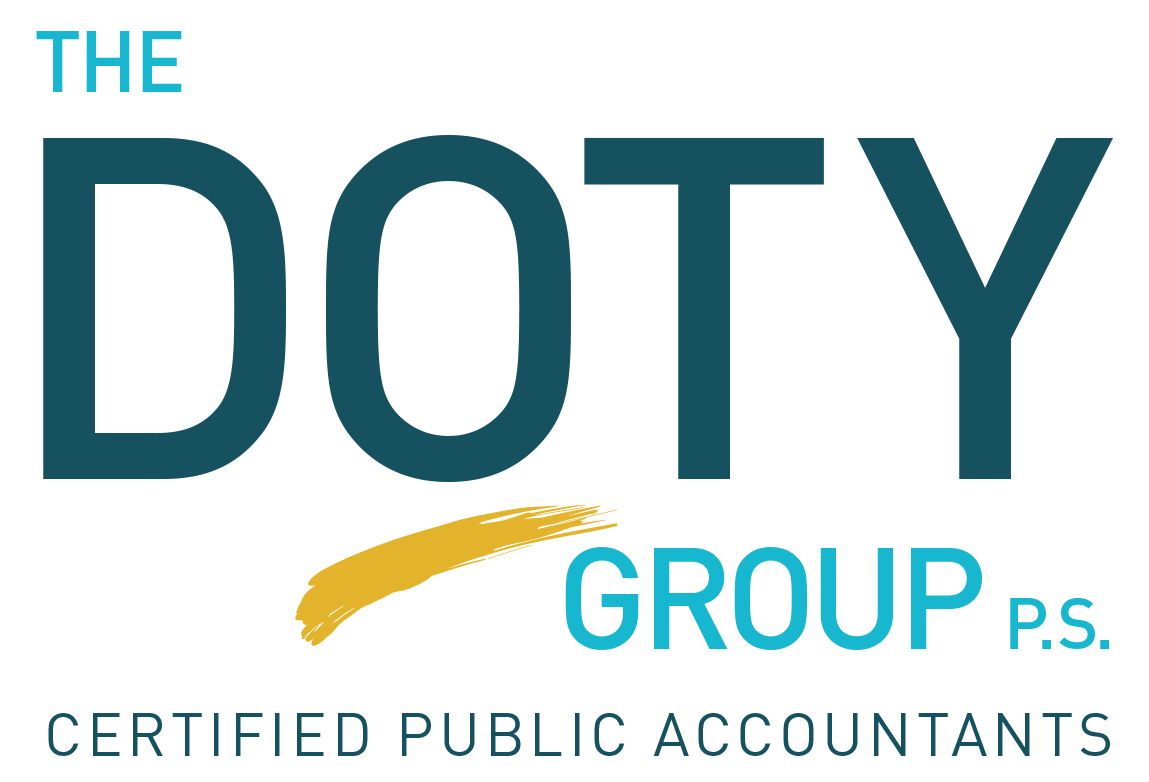Anti-Fraud Measures for Your Business to Prosper
According to the 2022 Report to the Nation on Occupational Fraud (copyright 2022 by the Association of Certified Fraud Examiners, Inc.), it is estimated that organizations lose 5% of revenue to fraud each year, and fraud cases globally resulted in losses of more than $3.6 billion. A typical fraud case lasts 12 months before detection and causes a median loss of $117,000. Nearly half of all occupational frauds came from four departments: Operations (15%); Accounting (12%); Executive/upper management (11%); and Sales (11%).
Common Types of Occupational Fraud
There are three primary categories of occupational fraud:
Asset misappropriation is a scheme in which an individual steals or misuses business assets. It is the most common but tends to cause the lowest losses per case.
These frauds include theft of company cash, false billing schemes (e.g., shell company or personal purchases), skimming, inflated expense reports (e.g., claiming personal travel or nonexistent meals), check and payment tampering (e.g., forged maker or forged endorsement), fraudulent register disbursements (e.g., false voids or false refunds), and theft of inventory and other assets.
Financial statement fraud is a scheme in which an individual intentionally causes a misstatement or omission of material information in the organization’s financial reports. It is the least common but causes the highest losses per case.
These frauds include fictitious or understated revenues, concealed or overstated liabilities and expenses, improper asset valuations, and improper disclosures.
Corruption is a scheme in which an individual misuses their influence in a business transaction in a way that violates their duty to the employer in order to gain a benefit.
These frauds include bribery (e.g., invoice kickbacks or bid rigging), conflicts of interest (e.g. purchasing or sales schemes), illegal gratuities, and economic extortion.
Red Flags of Fraud
85% of all fraudsters displayed at least one of the following behavioral red flags:
1. Living beyond means
2. Financial difficulties
3. Unusually close association with vendor/customer
4. Control issues, unwillingness to share duties
5. Irritability, suspiciousness, or defensiveness
6. Bullying or intimidation
7. Divorce/family problems
8. “Wheeler-dealer” attitude
Anti-Fraud Controls
Nearly half of reported fraud cases occurred due to a lack of internal controls (29%) or an override of existing controls (20%). The presence of anti-fraud controls is associated with quicker fraud detection and lower fraud losses. Anti-fraud controls include both preventative and detective measures.
Preventative measures include:
1. Ongoing anti-fraud training provided to all employees of the organization
2. Effective fraud reporting mechanism in place
3. Internal control studies and fraud risk assessments performed and updated regularly
4. Proper separation of duties
5. Proper use of authorizations, particularly for banking and accounting functions
6. Adequate physical safeguards for fixed assets
7. Sufficient security measures restricting access to data
8. If possible, job rotations and mandatory vacations
9. Where permitted by law, hiring controls such as past employment verification, criminal and civil background checks, credit checks, drug screening, education verification, and reference checks
Detection measures include:
1. Hotline or other reporting mechanism
2. Internal and external audits
3. Management review, document examination, and physical inspections and counts
4. Automated transaction/data monitoring
5. Surveillance
6. Independent account reconciliations
Fraud reporting mechanism and related training
42% of frauds were detected by tips and more than half of all tips came from employees. Maintaining a hotline or other reporting mechanism (e.g. email or web-based reporting), along with an employee and manager fraud awareness training, can be one of the most effective measures in both preventing and detecting fraud. This is because training not only increases the likelihood of detection by tip, it also increases staff’s perception that fraud will be detected and possibly even deter future misconduct.
Internal control studies
While it is vital to develop and implement fraud detection measures, the most cost-effective way to limit fraud losses is to prevent fraud from occurring in the first place. Preventative measures including internal control studies fortify your organization against the ever-changing fraud landscape.
During internal control studies, we examine where you are most vulnerable and provide best practice recommendations to reduce fraud risk vulnerabilities. Through interviews of key stakeholders, a review of certain documentation, and walkthroughs of key processes, we can perform an internal control study that is suitable for your business. Our team is well-versed in conducting these studies. Contact us for more information.

